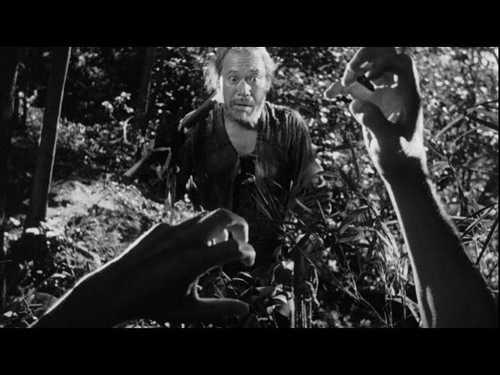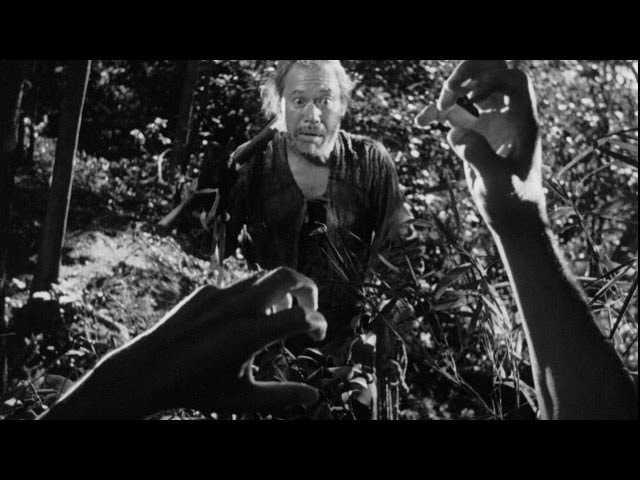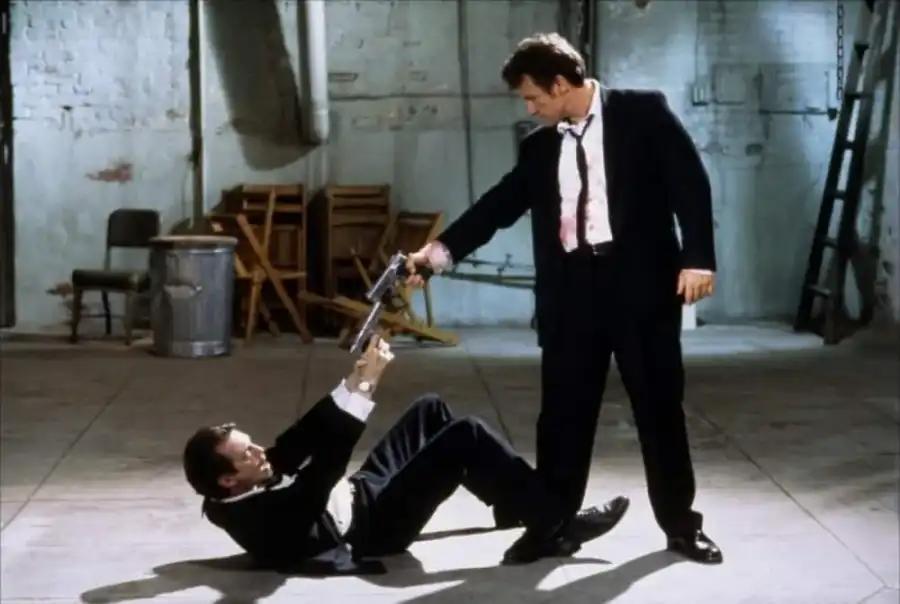Learn more about personaldevelopment with this collection
How to practice effectively
The importance of consistency
How to immerse yourself in the language
Rashomon effect
The Rashomon Effect is a term used to describe how a single event can be described in a variety of ways due to the unreliability of multiple witnesses. The witnesses’ unreliability and subjectivity are a result of situational, social and cultural differences.
The term “Rashomon Effect” was coined after iconic filmmaker Akira Kurosawa first utilized the storytelling technique in the film Rashomon (1950). The movie and the Rashomon Effect influenced countless films throughout history. The Rashomon Effect transcended cinema and is a term that is commonly used in both psychology and law.
6
51 reads
The origin story
A bandit was accused of murdering the Samurai and raping the Samurai’s wife. The woodcutter, the priest (who has seen the Samurai and his wife prior to the murder), the Samurai’s wife, the bandit, and even the ghost of the Samurai were summoned at a trial. However, each account of the event is different and contradictory. The film ends rather ambiguously without a clear resolution of what actually occurred.
4
36 reads
Take aways for screen writers
1.CONFLICT: It drives a plot forward, reveals character, and engages an audience. The Rashomon Effect is based on contradicting reports of the same event. The search for the truth can be a driving force of conflict for a story
This Rashomon style of storytelling for conflict can be found in Reservoir Dogs , one of Tarantino’s best films . After a heist goes awry, a group of thieves turn on each other. The accusation of a rat in group creates in unreliability of each account of how the heist went wrong. This creates tension and conflict that, in classic Tarantino way,has fatal ending
4
17 reads
2. Unreliable narrator
The use of an unreliable narrator may seem common today, but in 1950, films were presented from a more objective point of view .This allowed audiences to see the characters as they were or how the filmmakers intended.
Today there are many examples of movies with multiple perspectives. A notable modern riff on the Rashomon Effect that utilizes the unreliable narrator can be found in the 2014 film Gone Girl.In this mystery thriller, a man becomes the suspect in the disappearance of his wife.
As he becomes less reliable throughout the story, we become more engaged in finding out the truth.
4
11 reads
3. Ambiguous endings
At the end of Rashomon , our realization that none of the witnesses are reliable leaves us with more questions than answers. While most films at the time had a clear ending, the ending of Rashomon has no clear resolution.
Lack of a resolution may leave an audience rather frustrated. However, the Rashomon Effect can do the opposite. It engages an audience even after the credits roll leaving room for discussion and interpretation. It is not ambiguous for the sake of mystery or confusion, but rather to reiterate themes and larger concepts. This is what can make or break an ambiguous ending.
4
13 reads
CURATED BY
An Oral medicine And Oral Radiology specialist Working for a better tomorrow.
More like this
4 ideas
10 ideas
10 Simple Rules of Visual Storytelling
medium.com
6 ideas
A Brief History of Sound in Cinema
popularmechanics.com
Read & Learn
20x Faster
without
deepstash
with
deepstash
with
deepstash
Access to 200,000+ ideas
—
Access to the mobile app
—
Unlimited idea saving & library
—
—
Unlimited history
—
—
Unlimited listening to ideas
—
—
Downloading & offline access
—
—
Personalized recommendations
—
—
Supercharge your mind with one idea per day
Enter your email and spend 1 minute every day to learn something new.
I agree to receive email updates




